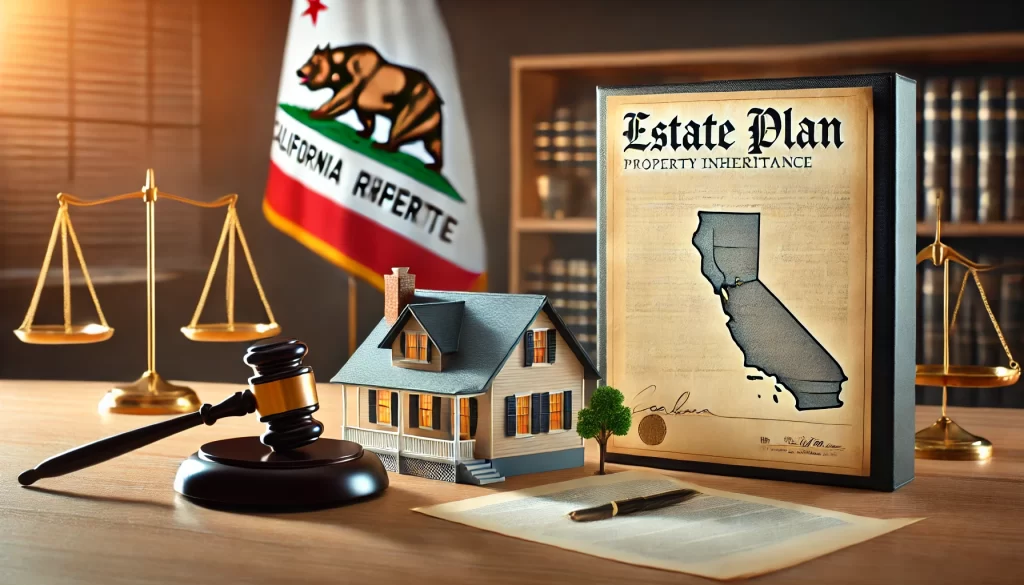Ways to Secure Property Tax Savings for Future Generation
Imagine inheriting your parents’ beloved home in sunny California, a place filled with memories of family dinners and backyard gatherings. The sentimental and financial value of this property is undeniable, yet you might feel overwhelmed by the estate planning process—especially when it comes to Proposition 13 and ensuring you don’t inadvertently trigger a hefty property tax reassessment. In the following guide, we’ll explore how this vital piece of legislation impacts heirs, the strategies you can use to protect yourself, and how recent changes under Proposition 19 might influence your plans.
Understanding Proposition 13
When Proposition 13 passed in 1978, it established a cap on property tax increases—no more than 2% per year based on the original purchase price of the property. This often means that long-time property owners pay significantly less in property taxes than newcomers who purchase comparable homes at today’s market value.
Why It Matters for Inherited Property
Lower Property Tax Base: If you inherit real property, you can potentially keep this lower tax base, saving a considerable amount of money over the life of the property.
Act Quickly: Failing to file the proper forms on time can result in a reassessment to the current market value. This can dramatically increase your tax bill and eat into the property’s financial benefits.
Key Rules for Proposition 13 and Inherited Property
Parent-Child Exclusion
Think of the parent-child exclusion like a special key that unlocks substantial tax savings for families. It applies to:
Primary residences
Up to $1 million of assessed value for additional properties
Under certain circumstances, grandchildren may also benefit if their parents have passed away.
Timely Filing of Forms
The clock starts ticking as soon as the property transfers. You’ll need to submit a Claim for Reassessment Exclusion to the County Assessor’s Office within three years of the transfer date (or before the property is sold, whichever comes first) to preserve that lower tax base.
Prop 19 Changes
Proposition 19, effective as of February 16, 2021, tightened the rules around inherited properties:
The parent-child exclusion now applies only if the heir occupies the inherited property as their primary residence.
If you plan to hold onto the property simply as an investment, expect to lose that beloved low tax rate.
Estate Planning Strategies for Real Property
Handling all this can be daunting, but the following strategies can help ensure a smooth transition:
1. Using Trusts to Simplify Transfer
Picture a revocable living trust as a solid bridge spanning the gap between your family’s current needs and future goals. It avoids probate, meaning you don’t have to wait on court processes to finalize property transfers.
Allows you to set specific instructions on how and when heirs can use or sell the property, ensuring you remain aligned with Proposition 19 requirements.
2. Gifting Real Property During Your Lifetime
Some families choose to gift property to children while the parents are still alive, essentially locking in the lower Proposition 13 tax base. However, be mindful of potential gift taxes or capital gains implications. It’s best to consult with a tax professional or estate planning attorney before taking this route.
3. Equalizing Inheritances
Family dynamics can get complicated when multiple heirs are involved. To prevent rifts, some families opt to have one child inherit the family home while others receive different assets of similar value. This avoids triggering a reassessment on multiple properties and preserves Proposition 13 benefits.
4. Documenting Primary Residence Intent
Under Proposition 19, if you want to keep the inherited property’s low tax base, you must use it as your principal residence. Make sure you:
Document your intention to occupy the home
Officially change your address for tax, voter registration, and other legal documents to prove it’s your primary residence
5. Considering Family LLCs for Multiple Properties
For families owning several real properties, more advanced estate planning may be necessary:
Family LLCs can streamline the ownership structure, helping centralize management and limit liability.
By establishing a family LLC, you can potentially transfer fractional interests in multiple properties without triggering a full reassessment, so long as the transfers comply with Proposition 13 and relevant state rules.
Consult a professional to ensure this strategy aligns with your goals and tax considerations.
Common Pitfalls to Avoid
Failing to Act Quickly
Waiting too long to file for the parent-child exclusion can result in a reassessment to market value, which can inflate your property tax bill dramatically.
Lack of Proper Estate Planning
Without a comprehensive plan, families may end up disputing property division, risking a forced sale or reassessment.
Overlooking Prop 19 Rules
Don’t assume the old rules still apply. If you’re unaware of Proposition 19’s residency requirement, you could lose the lower property tax base.
Conclusion
Whether you’re passing down your childhood home or receiving it yourself, understanding Proposition 13 and Proposition 19 is crucial for preserving the financial advantages of California real estate. By planning ahead—using tools like trusts, timely filing for reassessment exclusions, family LLCs, and documenting residency—your family can keep that treasured property in the family while minimizing taxes.
If you find yourself overwhelmed, don’t go it alone. Consult a qualified estate planning attorney who can tailor a plan to meet your unique needs. With a solid strategy in place, you’ll be better equipped to protect both your memories and your assets.
State of California Resources
California State Board of Equalization – Exclusions from Reappraisal FAQs:
For detailed information on property tax exclusions, including parent-child and grandparent-grandchild exclusions, see the
Exclusions from Reappraisal Frequently Asked Questions (FAQs).
https://www.boe.ca.gov/proptaxes/faqs/propositions58.htm
California State Board of Equalization – Information Sheet on Transfers Between Parents and Children:
Explore further details on potential property tax savings for parent-child property transfers at
Property Tax Savings: Transfers Between Parents and Children.
https://www.boe.ca.gov/pdf/pub800-1.pdf
Orange County Resources
Orange County Assessor Department – Transfer Property Among Family: https://www.ocassessor.gov/real-property-assessments/transfer-property-among-family
To understand how property transfers among family members work in Orange County—along with details on Proposition 19 and the parent-child exclusion—visit the
Transfer Property Among Family page.
Orange County Assessor Department – Forms: https://www.ocassessor.gov/forms
Find all necessary forms for property transfers, including the Claim for Reassessment Exclusion for Transfer Between Parent and Child, on the
Forms page.
With the right planning and knowledge, inheriting real property in California doesn’t have to be an overwhelming process. By safeguarding Proposition 13 (and accounting for Proposition 19), you and your loved ones can enjoy both the sentimental and financial rewards of keeping your family home—along with other properties—intact for generations to come.Property Tax Tips for a Secure Inheritance

